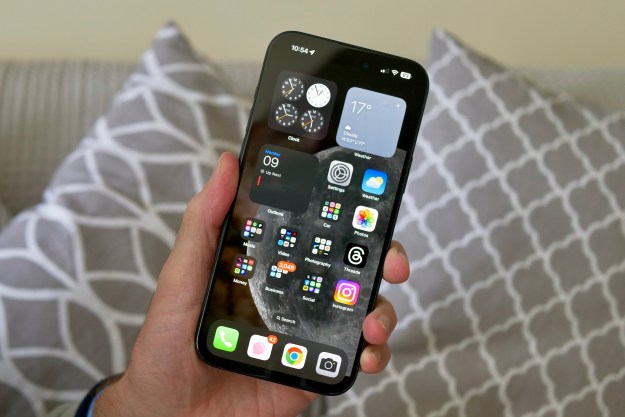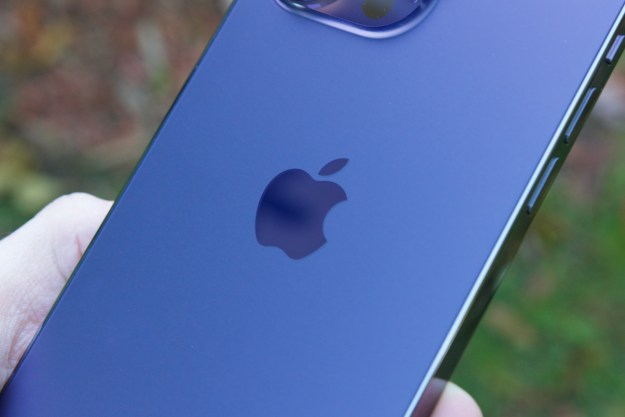Another week, another slew of Apple patents. The company was recently awarded four interesting phone-related patents that could indicate that the company is working on a few new features to the iPhone and other mobile devices.
Here’s a rundown of the new patents Apple has been awarded, and what they could mean for Apple’s future products.
The Google Pixel’s squeeze feature on the iPhone?
Perhaps the most interesting mobile-related patent of the week relates to Apple working on a “mobile electronics device with squeeze detection.” If that sounds familiar to you, that’s because it currently features on the Google Pixel 2 and Pixel 2 XL, and featured on a few HTC devices before them.
The patent notes that a device could be configured to get input from its enclosure based on pressure that’s applied to the enclosure. The patent doesn’t describe something completely the same as what’s found on the Pixel though — it notes the use of at least one “deformable housing wall,” so it’s possible the feature could be closer to Apple’s Force Touch, in that the enclosure may actually move.
The patent is a continuation of a patent filed in 2016, which is itself a continuation of a 2013 patent.
A better iPhone flash
Apple could also be working on improving the flash on the iPhone’s camera. According to one of the newly published patents, the company could move the iPhone’s flash, and build in four different elements into the flash. Those elements could then be controlled individually and either automatically or manually. On top of that, the elements could feature light diffusers to more uniformly light a scene.
The elements could be helpful in different situations. For example, they could have slightly different colors to them, or only one or two of them could be used to light a scene that only needs a little extra light.
This patent is a continuation of a patent that Apple filed in 2015.
Improved interior mapping
Apple could be working on a way to improve interior mapping. The company filed a patent called “Range-Free Proximity Determination,” in which an iPhone could enter a proximity fence set by a series of nodes placed in an area. Those nods could then help inform the phone exactly where it is — in a much more precise way than what GPS could do.
This could be helpful for a number of situations. For example, a store could set up nodes and customers could then find their way around the store on their phone.
It would be interesting to see this technology in the real world, but it may be hard to implement — Apple would have to convince businesses, for example, to buy and install the nodes.
The iPhone could protect itself against accidental drops
Last but not least is a patent that could help make the iPhone much more durable. The patent is called “Drop Countermeasures for Electronic Device,” and describes the use of a motion sensor and processor dedicated to determining the direction that the phone is being dropped in. After determining the direction, the phone can use an “actuated member” to move a component in the phone and redirect impact energy away from a pressure-sensitive area of the phone and toward a component that can better take the impact.
It’s really a pretty smart system, but it’s hard to see it being implemented any time soon. The components needed to implement it would almost certainly add some weight and thickness to the iPhone — something that Apple probably doesn’t want to do. This patent is a continuation of patents dating back to 2013.
Editors' Recommendations
- Here’s how Apple could change your iPhone forever
- Why you should buy the iPhone 15 Pro Max instead of the iPhone 15 Pro
- When will Apple release iOS 18? Here’s what we know
- This is our best look yet at the iPhone 16’s big design changes
- Everything you need to know about the massive Apple App Store outage


